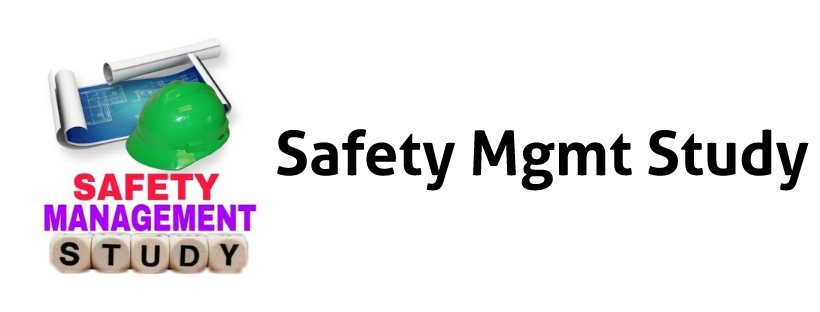Confined Space Safety Quiz Questions
Confined spaces present unique challenges and hazards, making confined space safety measures crucial. Proper preparation, hazard awareness, and safety procedures are essential to prevent accidents and injuries. Test your knowledge with these confined space safety quiz questions:
1. What must be included in confined space work preparation?
B. Necessary equipment, signs, procedures and training.
D. All of the above
Understanding the essentials of confined space work preparation is critical to ensure a safe working environment. This includes hazard awareness, proper classification, and sharing information about hazards.
2. What atmospheric hazards can be present in a confined space?
Confined spaces often contain atmospheric hazards such as oxygen deficiency, oxygen enrichment, and toxic hazards, making proper ventilation and monitoring vital.
3. Which gas is heavier than air and can settle in confined spaces?
Hydrogen Sulphide (H2S) is heavier than air and can settle in confined spaces, posing significant risks to workers.
4. Which of the following gases can infiltrate a confined space from nearby vehicle operations?
Carbon monoxide from vehicle operations can infiltrate confined spaces, highlighting the need for continuous monitoring of air quality.
5. What must be done with electrical sources before confined space entry?
Electrical safety in confined spaces requires locking and tagging out electrical sources to prevent accidental energization during entry.
6. What is the OSHA permissible exposure limit (PEL) for carbon monoxide in confined spaces?
The OSHA permissible exposure limit (PEL) for carbon monoxide in confined spaces is 50 ppm, emphasizing the importance of monitoring and controlling exposure levels.
7. What is the permissible oxygen content range in confined spaces?
Maintaining a safe oxygen content range in confined spaces, typically between 19.5% and 23.5%, is crucial for worker safety.
8. What is the definition of a confined space?
A confined space is defined by its limited entry and exit points, its size allowing a worker to perform tasks, and its design not meant for continuous occupancy.
9. Which of the following is NOT a responsibility of an Attendant during confined space entry?
An Attendant’s responsibilities include monitoring atmospheric conditions and assisting with entry and exit, but not performing rescue operations.
10. What is the maximum allowable concentration of hydrogen sulfide in confined spaces?
The maximum allowable concentration of hydrogen sulfide in confined spaces is 10 ppm, underscoring the need for accurate gas detection.
11. Who has the authority to stop unsafe activity in a confined space?
In confined space safety, anyone has the authority to stop unsafe activities to protect workers from potential hazards.
12. What should be done if an entrant in a confined space loses communication with the Attendant?
If communication is lost, it is essential to evacuate the entrant immediately to ensure their safety.
Also Explore: Free Confined Space Training Certificate
13. Which of the following statements about confined space rescue is true?
Effective confined space rescue operations require regular planning and practice to ensure readiness in case of an emergency.
14. Which of the following is NOT typically considered a confined space?
Open fields are not typically considered confined spaces, unlike tanks and silos which have restricted entry and exit points.
15. What is the primary characteristic odor of Hydrogen Sulfide (H2S)?
Hydrogen Sulfide (H2S) is known for its distinctive rotten egg odor, serving as a warning sign for its presence.
16. What does the acronym IDLH stand for?
IDLH stands for Immediately Dangerous to Life and Health, indicating conditions that pose a severe threat to worker safety.
17. Which hazard is associated with confined spaces that contain combustible gases or vapors?
Confined spaces with combustible gases or vapors are at risk of explosion and fire, requiring stringent safety measures.
18. What precaution should be taken when dealing with confined spaces that may contain toxic substances?
Wearing a gas detector is crucial when dealing with confined spaces that may contain toxic substances, ensuring continuous monitoring of air quality.
19. Why is continuous ventilation necessary during hydro jetting in confined spaces?
Continuous ventilation during hydro jetting prevents the buildup of hazardous gases, maintaining a safe environment within the confined space.
20. What is the maximum number of persons allowed in a confined space?
The maximum number of persons allowed in a confined space is typically specified in the rescue plan to ensure safe entry and exit.



.jpg)









.png)
.png)
.png)
1 Comments
Sir, how will the confined space certificate be downloaded?
ReplyDelete